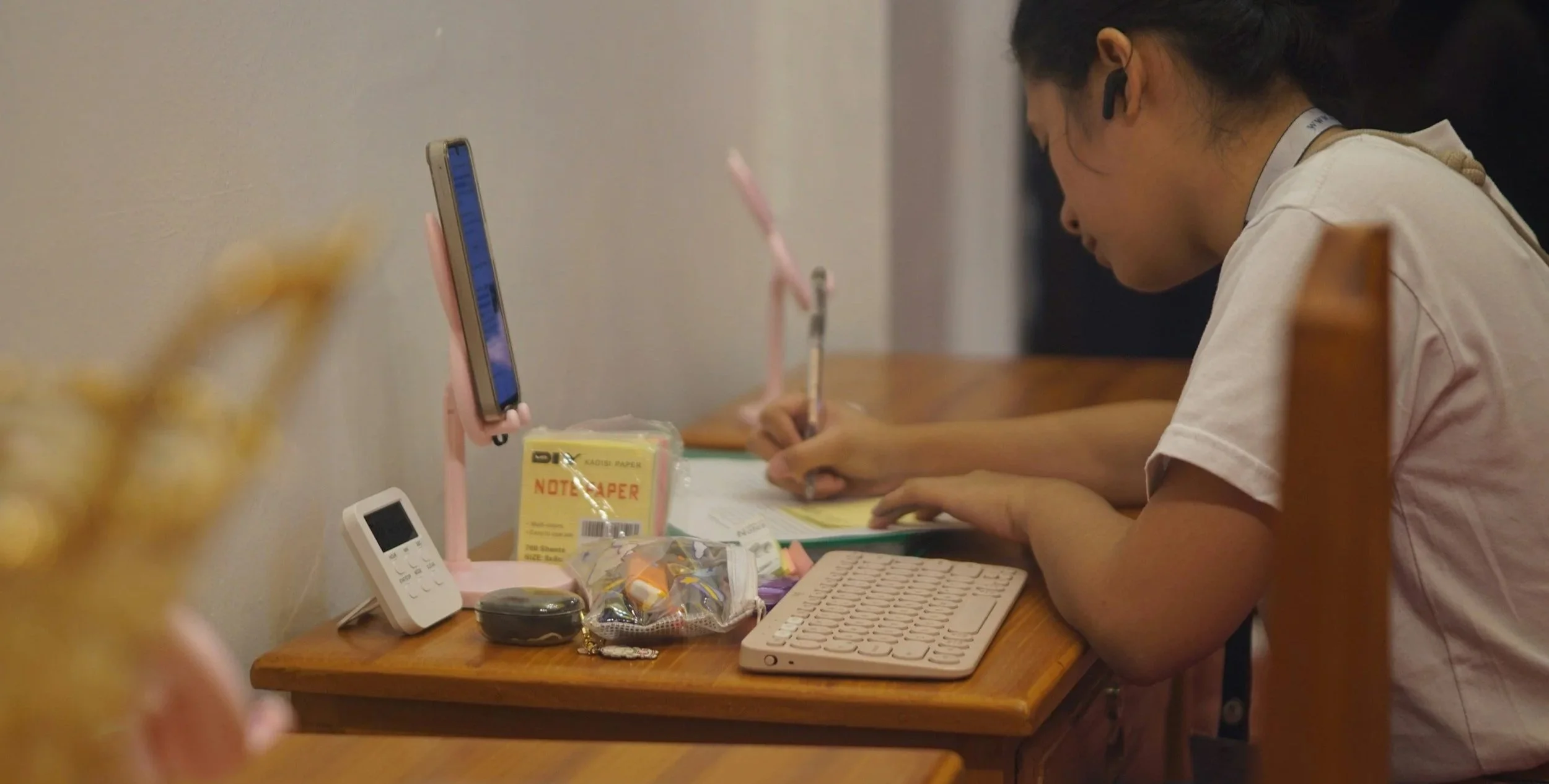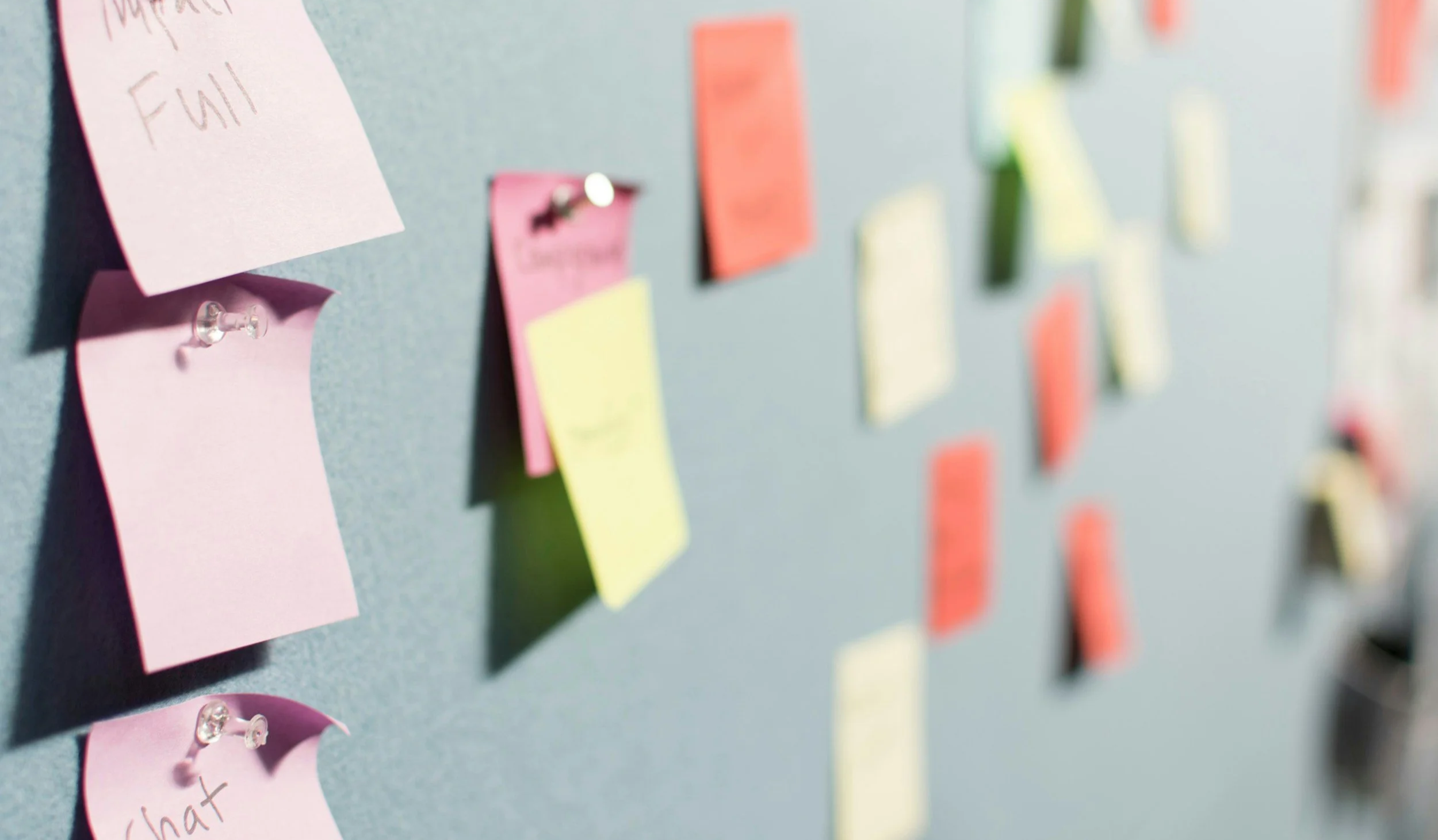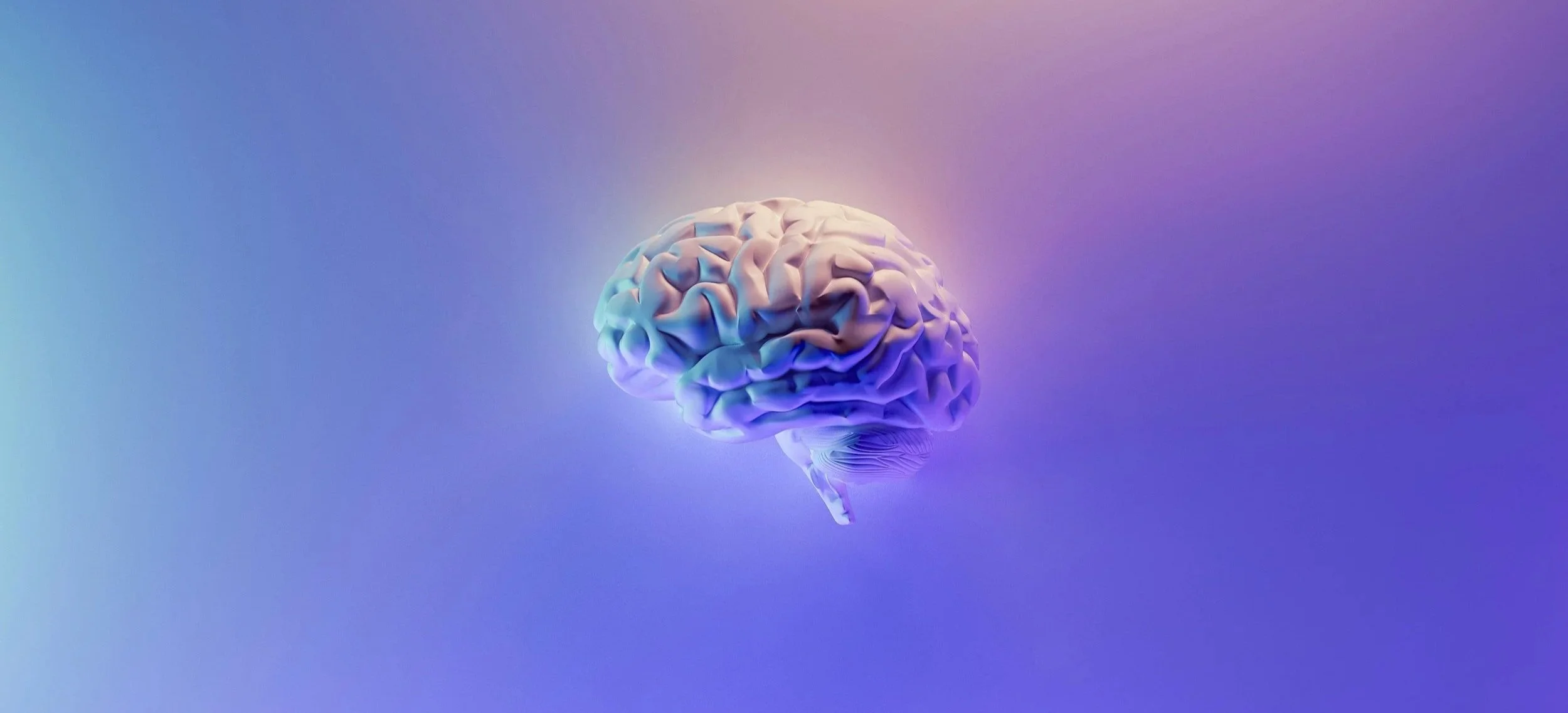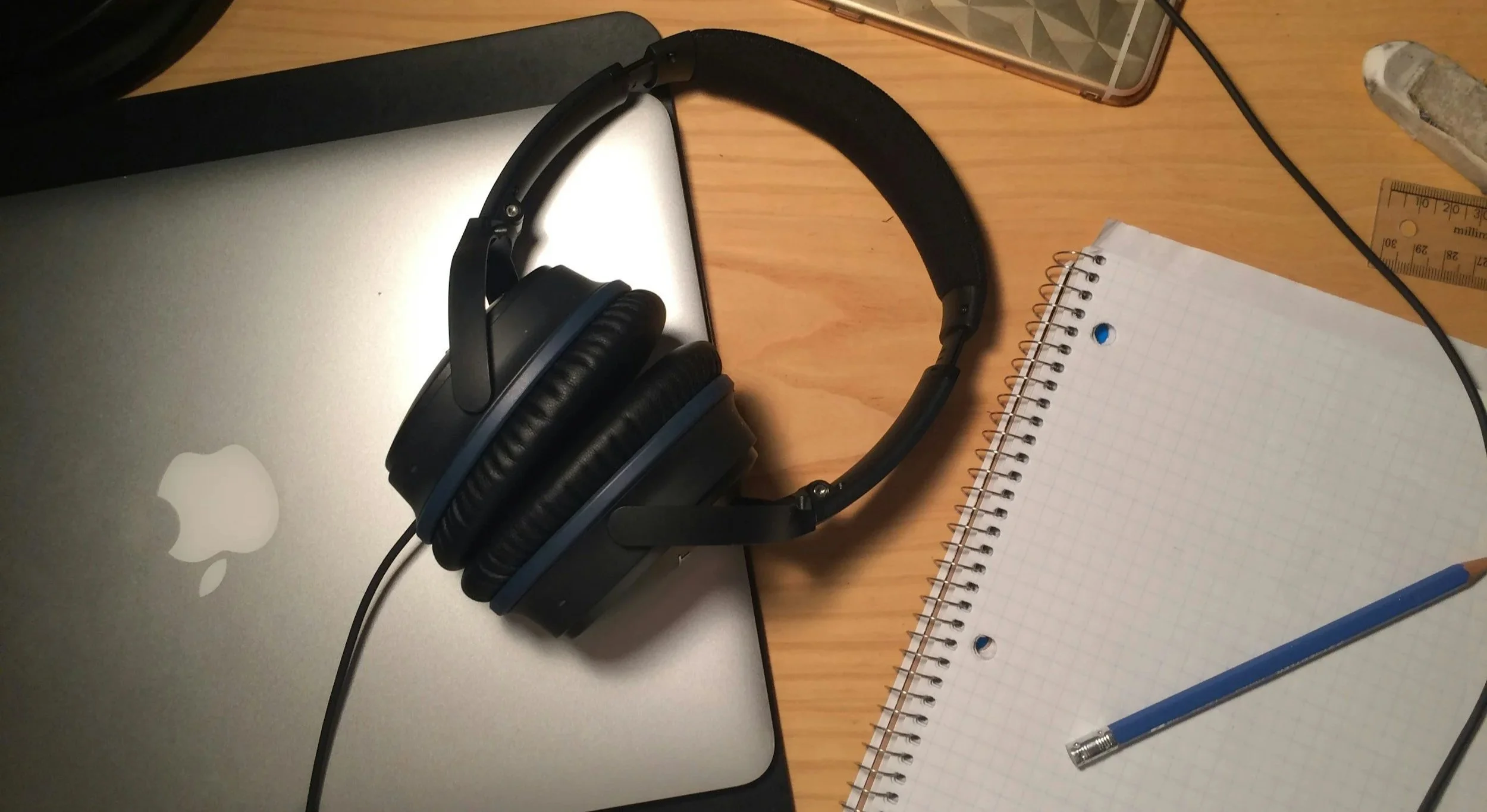A Guide to ADHD friendly revision – actually! A revision guide for everyone.
Revision can feel overwhelming, especially when you’ve got an ADHD brain that craves novelty, urgency, and reward. Good news though! You can make it work for you, by making it multi-sensory, structured, and maybe even enjoyable. Here’s your ADHD-friendly guide to revising using psychological hacks.
1. Make Revision Multi-Sensory
Mix up how you revise and engage all your senses to allow for deeper information processing:
Visual: Draw diagrams, mind maps, and flashcards on colourful sticky notes. Create a comic about what you’ve learned.
Auditory: Record yourself reading notes aloud and listen back. Sing or rap your revision notes out loud. The more unique the better!
Touch and Movement: Use physical props. Act out processes (like osmosis!) or build a model of something you’re learning. Create a dance routine. Learn a specific topic hanging upside down.
Taste and Smell: State-dependent memory tricks work wonders. Have the same flavour of sweet or similar, or have a specific scent (like lavender or mint) while studying and during exams. Your brain links the smells and tastes to your knowledge!
2. Multi-Method
Switch your study styles often to keep it new and interesting:
Practise questions (not just reading notes): This is absolutely essential for remembering information under pressure.
Write from memory: Test yourself without looking.
Teach someone else: Explaining it to someone else is the ultimate proof you understand it. Friend, parent, sibling or your imaginary friend!
Stick notes around your house: The fridge can be your quadratic equations location. Learn history dates off the bathroom mirror whilst brushing your teeth.
This variety keeps your ADHD brain interested and reduces the boredom that leads to procrastination.
3. The Power of the Mind Palace (at Home and Beyond)
Turn your bedroom, your kitchen, your walk to school (anywhere really) into a mind palace.
The Method of Loci:
Place information in real or imagined rooms in your mind. (E.g., the living room = the water cycle; the stairs = Shakespeare quotes.)
On exam day, mentally walk through your house to retrieve the facts.
Or on a familiar route link certain location to certain topics. E.g. the first bakery you pass on your way to school is linked with 10 French words that you’ve had difficulty remembering. The first church reminds you to check if you remember certain dates or facts from RS.
Actual movement (walking while revising for example) can support this method. It anchors memory through body and place.
4. Create Novelty, Urgency and Reward
An ADHD brain thrives on three things:
Novelty: Change up locations, subjects, and methods regularly.
Urgency: Set yourself short, timed bursts e.g., "20 minutes to learn 10 key facts", then race the clock.
Reward: After each burst, give yourself a small treat e.g. a favourite snack, 5 minutes of daydreaming, a dance break or whatever else you like that won’t disrupt your memory processing too much. (No Screens for at least 1 hour after revision!!)
5. Breaks Are Non-Negotiable
Your brain is not a machine. Taking proper breaks prevents fatigue and keeps your energy.
Try the Pomodoro Technique:
25 minutes work, 5 minutes break.
After every one or two hours, take a longer 30-minute break.
Plan something fun after a tough session. It keeps your brain motivated!
And yes, resting properly is productive.
6. Structure Beats Stress
Planning doesn’t have to be boring. It gives your brain a clear map to follow.
Make a revision timetable and break topics into mini-tasks.
Prioritise trickier subjects for a time in the day when your energy is higher.
Sleep and eat properly: a tired, hungry brain can't think straight. Healthy food and a good night's sleep boosts memory and concentration.
Structure makes revision sessions feel more doable (and gives you that lovely sense of achievement as you tick things off).
7. Protect Your Focus and Minimise Distractions
Distractions are the enemy of focus. Protect your attention by:
Tidying your workspace: Clear desk equals clear mind.
Hiding your phone: Out of sight, out of mind. Even better, give it to someone else until your session is done.
Unplugging the telly: No temptation!
Using noise-cancelling headphones if the house is noisy.
Start with a clean, calm space and your brain will thank you with better memory and focus.
Final Thought
Embrace your creativity, energy, and curiosity and build a study style that works with your brain, not against it. You can do it!






